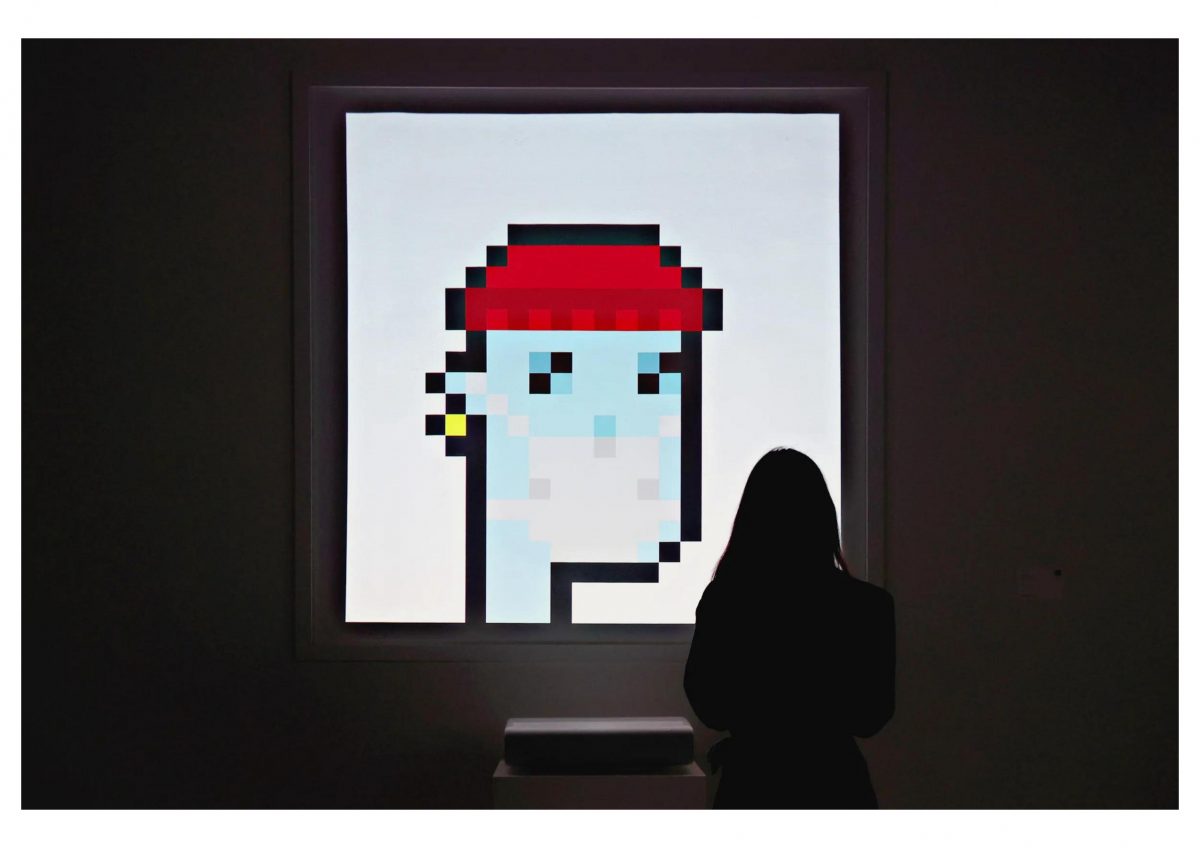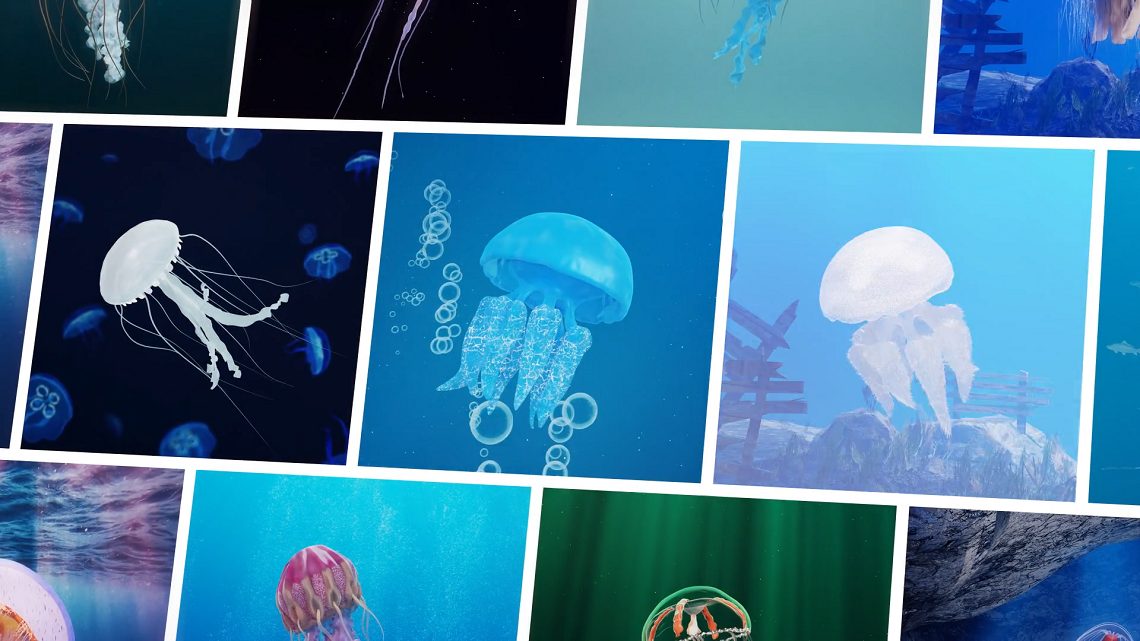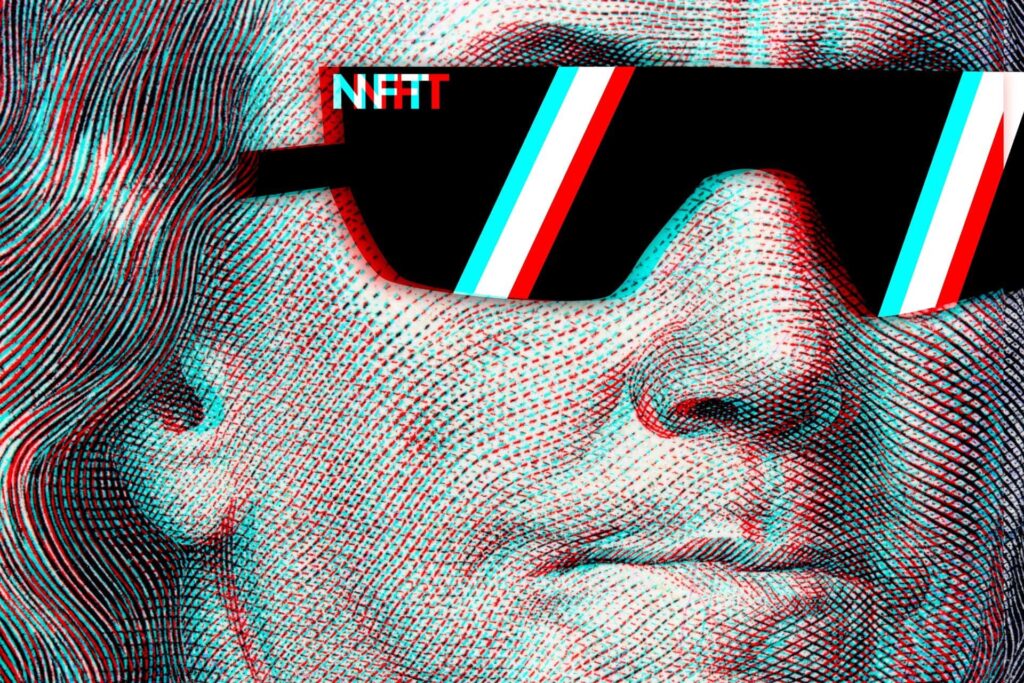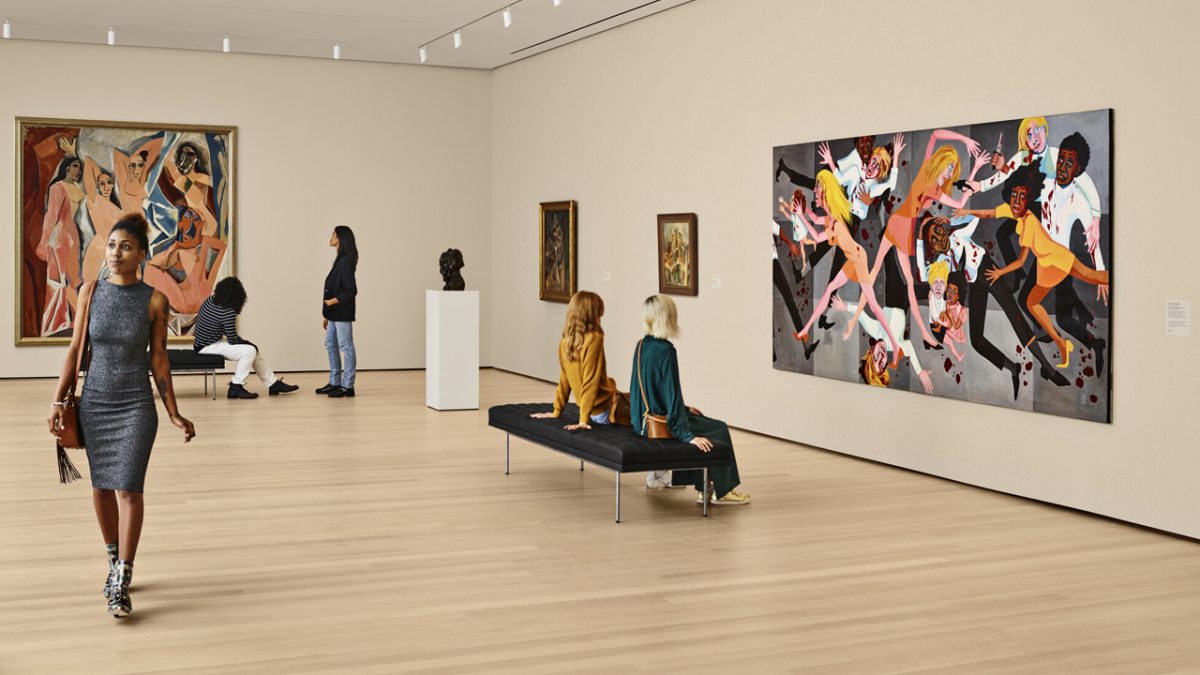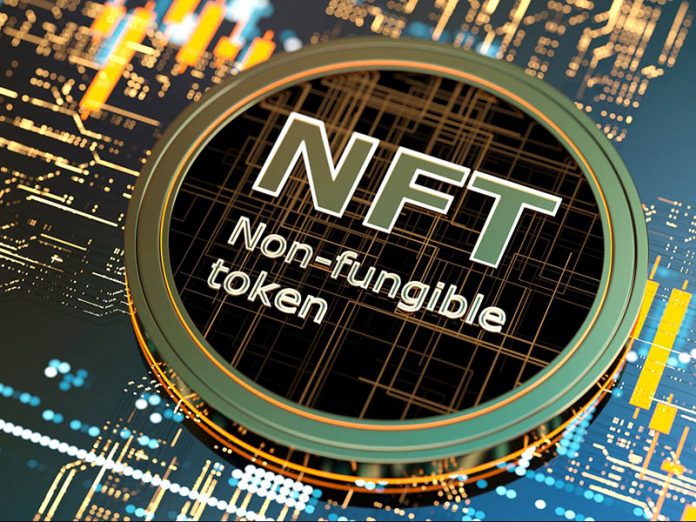In 2020 and 2021, non-fungible tokens (NFTs) took the digital world by storm, bringing with them innovative technology for digital ownership. Verifiable ownership of digital goods such as music, art, and collectibles was made possible by these indivisible, blockchain-based assets (Malik et al., 2023). High-profile sales of digital artwork, such Beeple’s Everydays: The First 5000 Days, which sold for an incredible $69.3 million at a Christie’s auction in 2021, helped bring attention to NFTs (BBC News, 2021). The idea that NFTs would revolutionize the digital economy and the art world was further strengthened by this sale.
The popularity of NFTs spread to the cryptocurrency markets, where certain tokens—like Ethereum and Bitcoin—saw rapid rises in value. Virtual real estate, meme-based NFTs, and digital art have all attained astonishing valuations; two such instances are CryptoPunks and the Bored Ape Yacht Club, whose values have surged into the millions. In June 2021, a CryptoPunk NFT at Sotheby’s sold for $11.8 million, demonstrating the speculative frenzy that was driving the market (Howcraft, 2021).
The NFT market’s expansion was not without difficulties, either. Because NFTs and cryptocurrencies are speculative in nature, there was a bubble-like situation where values were frequently not in line with the inherent worth of the digital assets. The NFT market started to fall significantly by the middle of 2022. The value of many investors who had entered the market early on suffered a sharp decline in their money. For instance, in a 2022 auction, Jack Dorsey’s first tweet—which was originally auctioned for $2.9 million—failed to draw bids beyond $10,000 (Handagama, 2023).
NFTs are still useful, but the market drop has made clear how erratic speculative digital assets can be. The rise and fall of NFTs serve as a warning about the dangers of making speculative investments, especially in developing markets. Nevertheless, will the NFT hype rise again like it did in 2021? In my opinion, the bubble in 2021 has shown the potential and the essence of what the NFT market could bring. So in this case, if the bull market cycle for the crypto space rebounds, then the possibility of pixelated art and collectibles hitting the millions will re-emerge.
.
References:
BBC News. (2021, March 11). Beeple’s NFT digital art nets £50m at Christie’s auction. https://www.bbc.com/news/technology-56362174
Handagama, S. (2023, May 11). ‘Jack Dorsey’s first tweet’ NFT went on sale for $48M. It ended with a top bid of just $280. CoinDesk. https://www.coindesk.com/business/2022/04/13/jack-dorseys-first-tweet-nft-went-on-sale-for-48m-it-ended-with-a-top-bid-of-just-280/
Howcraft, E. (2021, June 10). ‘CryptoPunk’ NFT sells for $11.8 million at Sotheby’s. Yahoo Finance. https://uk.finance.yahoo.com/news/cryptopunk-nft-sells-11-8-154742975.html
Malik, N., Wei, Y. “., Appel, G., & Luo, L. (2023). Blockchain technology for creative industries: Current state and research opportunities. International Journal of Research in Marketing, 40(1), 38–48. https://doi.org/10.1016/j.ijresmar.2022.07.004
.
